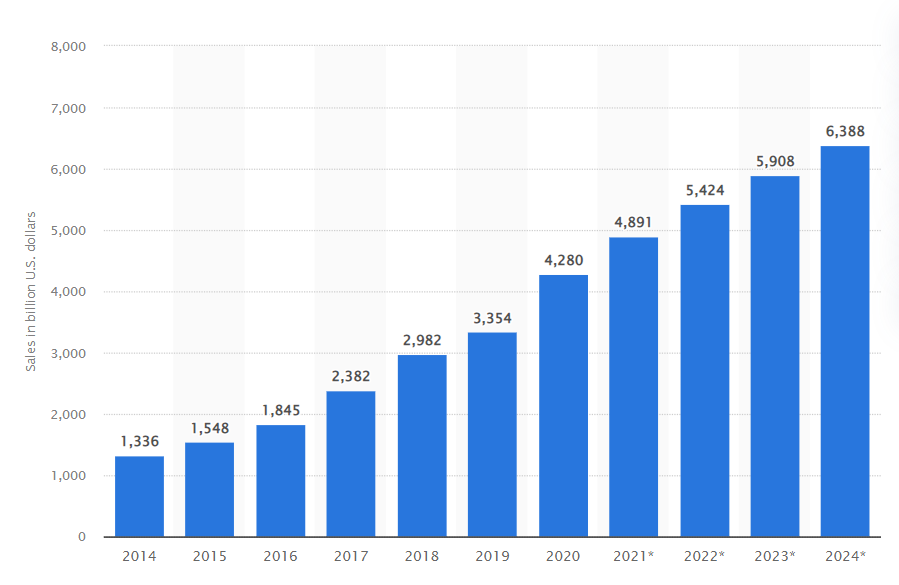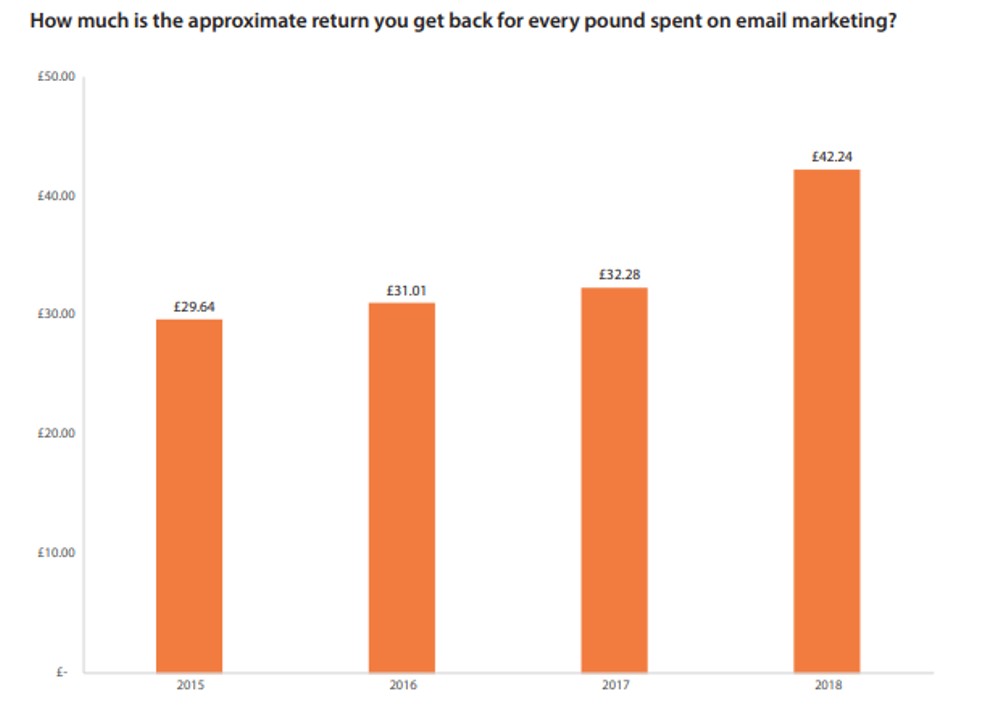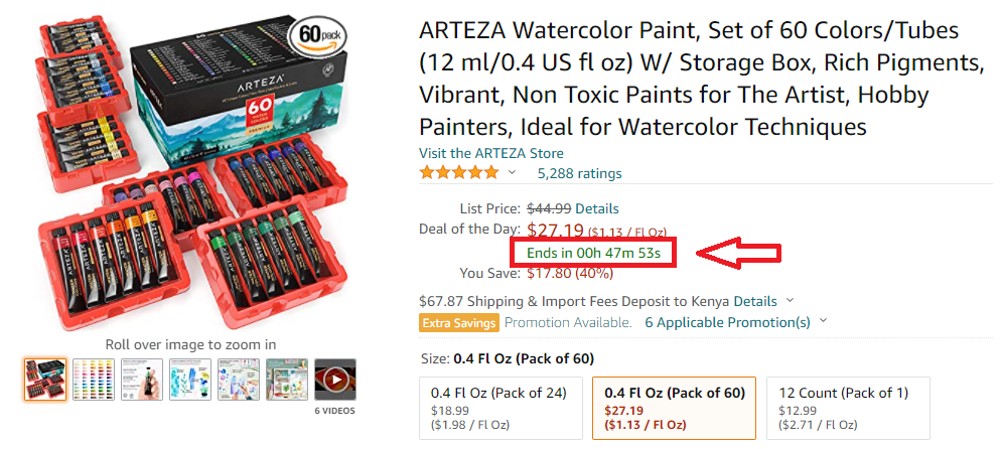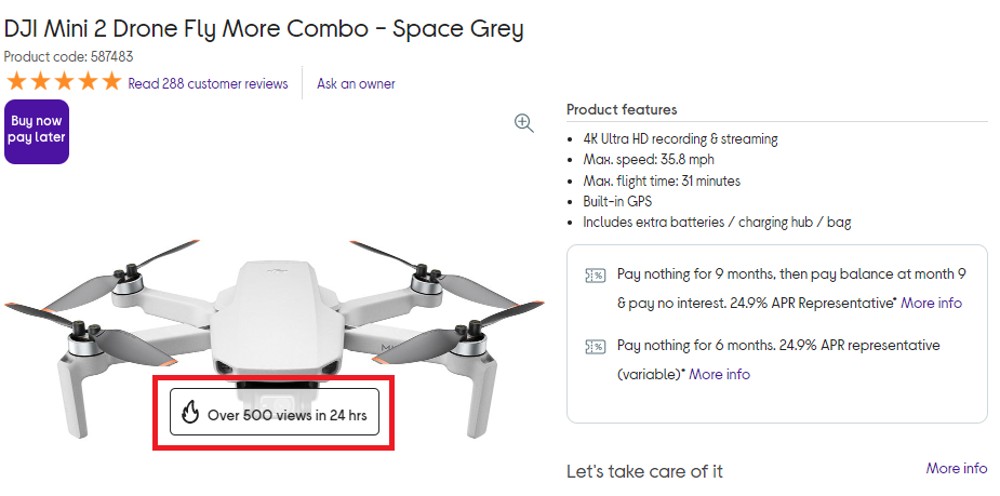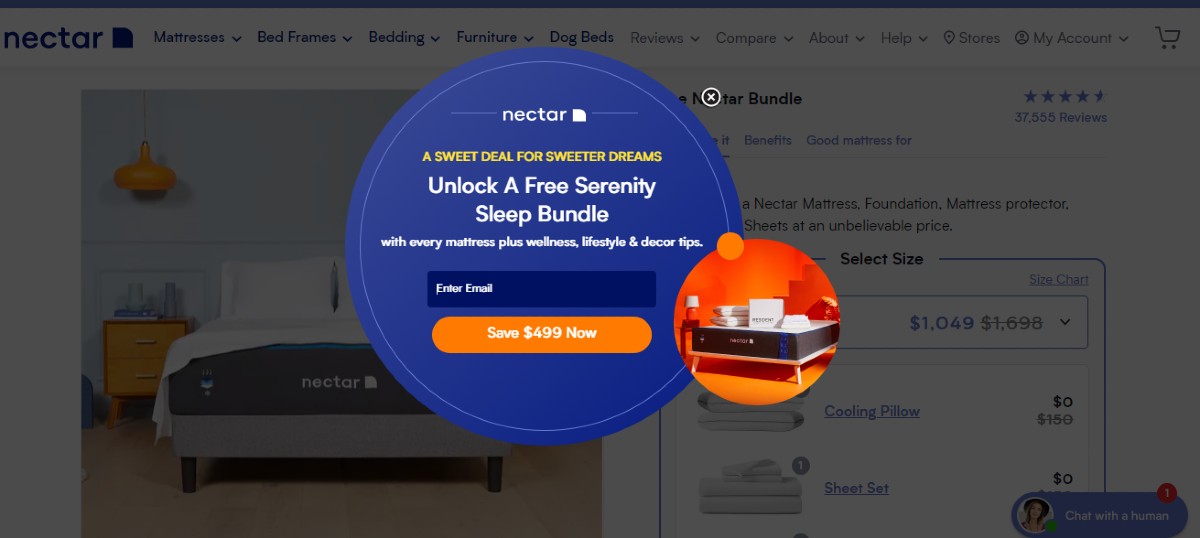But there’s some good news! Many ecommerce companies are using growth marketing to beat the competition. The strategy is proving quite effective at scaling ecommerce businesses and increasing sales.
So, in this post, I will take you through the top six growth marketing tactics that will ramp up your online conversions. But before all that, let’s discuss what growth marketing is and how it’s beneficial.
What is growth marketing?
Growth marketing is the continuous testing and experimentation of different marketing strategies to identify tactics that generate compounding returns.
True growth marketers understand that market dynamics change all the time. As such, the tried and tested tactics that worked a decade ago are not guaranteed to produce results today. That’s why growth marketers focus on innovating and A/B testing a multitude of marketing techniques.
In contrast, traditional marketing is focused on implementing proven customer acquisition strategies. It uses the same paid marketing, remarketing or retargeting campaigns, email blasts, and similar methods to attract new customers. These techniques will certainly produce results if executed correctly. However, a slight change in customer preferences can easily make a strategy obsolete.
Moreover, after using the same marketing technique for a long time, results are likely to plateau. Worse still, you may hit a point of diminishing returns. Case in point, if you run the same pay-per-click (PPC) campaign covering the same area for an extended period, the cost-per-acquisition will likely go up while your conversion rate will stagnate and drop.
You should know that growth marketing focuses on more than just customer acquisition. It also aims to boost customer engagement, retention, and the conversion of customers into brand ambassadors.
Here’s how the growth marketing framework usually looks:
- Acquisition. In this stage, the growth marketer will build brand awareness and engage potential customers to turn them into leads or customers.
- Activation. Surprising the leads by showing them the true value of your product.
- Retention. Keeping your customers happy and engaged to stay subscribed or come back for another purchase.
- Referral. Involves turning the customers into your brand ambassadors through referral programs.
- Revenue. Boosting the customer lifetime value.
With the AARRR framework, growth marketing goes beyond the top of the funnel tactics. It enhances the entire customer journey and boosts the long-term success of your business.
What are the benefits of growth marketing for ecommerce businesses?
Here are a few of the top benefits of growth marketing for ecommerce businesses:
It’s a data-oriented strategy
As stated earlier, testing plays a critical role in growth marketing. These tests generate valuable data showing what’s working and what isn’t. That effectively eliminates guesswork and assumptions, which are pretty common in traditional marketing.
It boosts brand reputation
Growth marketing focuses on the entire customer journey. It’s not just about acquiring the customer. You also interact with them and enhance their experience to the point where they’re comfortable enough to become your advocates. Enhancing the customer experience ultimately boosts your brand reputation.
Increases revenue
Growth marketing seeks to increase repeat customers and referrals. Both lead to increased revenue.
It’s cost-effective
Growth marketing tests produce insightful data, which shows you what strategies generate the best results. That should help you focus your investments where there is good ROI for your business.
6 tactics to ramp up your conversions
Without wasting any more time, here are the six growth marketing tactics that can boost your ecommerce store conversions:
1. Boosting social media campaigns
With more than 3.7 billion users, social media is an integral part of digital marketing. And the best part about social media marketing is it doesn’t just give you a platform to promote your products. You can also interact and cultivate personal relationships with prospective and existing customers. That’s precisely what growth marketing is all about.
Find the right platforms
The first step towards successful social media marketing is knowing where your customers hang out. Therefore, before you start creating pages on all platforms, do your research and shortlist the most popular social networks in your industry.
You can ask your audience directly through a survey. You can also access social media audience metrics on data websites like Statista. Platforms such as Pinterest share audience data with businesses, too.
Once you identify the relevant social networks, create a strategy that will help you target your audience effectively.
Platforms like Facebook provide innovative paid ad marketing tools that make targeting your audience feel effortless. The Facebook Insight tool, for instance, helps you create a targeted campaign for a specific audience. Beyond the basic demographic data points, you can also target an audience based on their interests.
The whole point of growth marketing is to test different elements and find the best performing strategies. Avoid limiting yourself to what you think is common knowledge. If you have multiple targeting ideas, create a single ad and test out those ideas separately.
After a few weeks of running those ads, you will have enough data to know which of your targeting tactics gets you the best results – and double down on them.
Create the right content
The next thing you need to scale social media campaigns is to find the right content. For ecommerce businesses, images and videos perform the best. But, make sure you are using high-quality images and linking back to specific product pages – so, if a customer clicks on a backpack ad, make sure the link directs them to that backpack and not your homepage.
You can also scale your social media marketing campaigns with user-generated content. Pick some testimonials from existing customers and share them on your social pages. Run giveaways, encourage hashtag use, or ask for user-submitted images of new products.
2. Discover guest posting
Guest posting is a common content marketing strategy. Software as a Service (SaaS) and many other businesses use it for search engine optimization. It improves backlink profiles resulting in higher rankings on search engines.
Guest posting can also be an effective ecommerce marketing strategy as it can boost referral traffic.
How guest posting works is very simple. First, identify blogs closely related to your business. For example, if you have an ecommerce website selling hiking gear, look for top hiking blogs.
Next, reach out to the editor with a compelling guest posting pitch. Tell them you have a topic not currently covered on their blog, and you’d love to write the content for them. In exchange, ask that you include one or two links going back to your ecommerce site. Most editors will accept the pitch.
Then, write an excellent blog for them and include your links. Don’t be overly promotional on the guest post, though!
Once the blog post goes live and starts to rank, you should see increased referral traffic. The increase may not be significant (depending on the blog’s monthly traffic), but the results will compound over time if you repeat the same process with multiple blogs.
In addition to getting referral traffic, the backlinks included in the guest post will also boost your SEO marketing efforts. It will increase your ecommerce website’s ranking on search engine results pages (SERPs). Higher rankings increase your visibility which should result in more organic traffic and sales.
3. Explore affiliate marketing
The affiliate marketing industry is worth over $12 billion. It’s widely known as one of the most effective marketing strategies for ecommerce businesses. In fact, about 40% of Amazon sales are attributed to affiliate marketers.
Your store is obviously not the size of Amazon, but that should give you an idea of just how effective affiliate marketing is for ecommerce brands, whether they’re an enterprise or a startup.
If you need another reason to set up an affiliate program, consider this: affiliate marketing is performance-based. In most cases, you will only pay the marketers when they refer a prospect and complete the purchase.
Moreover, you will not be responsible for how the affiliates promote your products. Your work revolves around creating unique affiliate links, providing resources for the affiliates. They do everything else.
Influencer marketing is another option. It’s similar to affiliate marketing, but you need to be very careful picking the influencers. Ideally, you want influencers who understand your brand goals. And, of course, they should have a commanding voice with your target audience.
For example, Transparent Lab is an online store selling performance enhancers. They went out there and got Europe’s Strongest Man, World’s Strongest Man, and the Arnold Strongman Classic Winner Thor Julius Bjornsson to promote their store:











